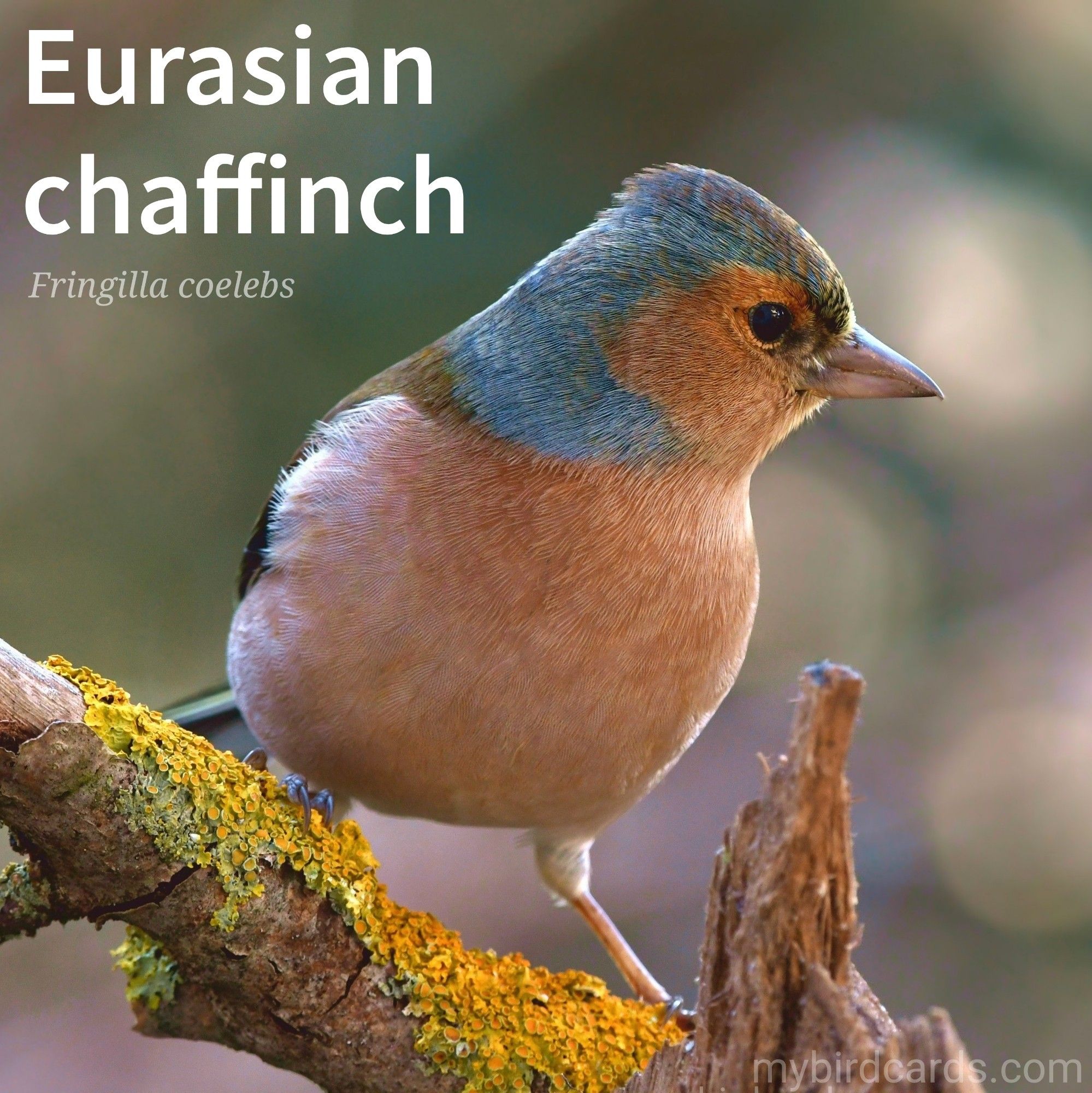🌍🌏🌎 Common raven (Corvus corax) #HolarcticBirds#EurasianBirds#EuropeanBirds#AsianBirds#NorthAmericanBirds#AfricanBirds#CommonRaven#Ravens#Corvids#PerchingBirds#birds#birdsoftheworld 🦜 Photo by connie_sf
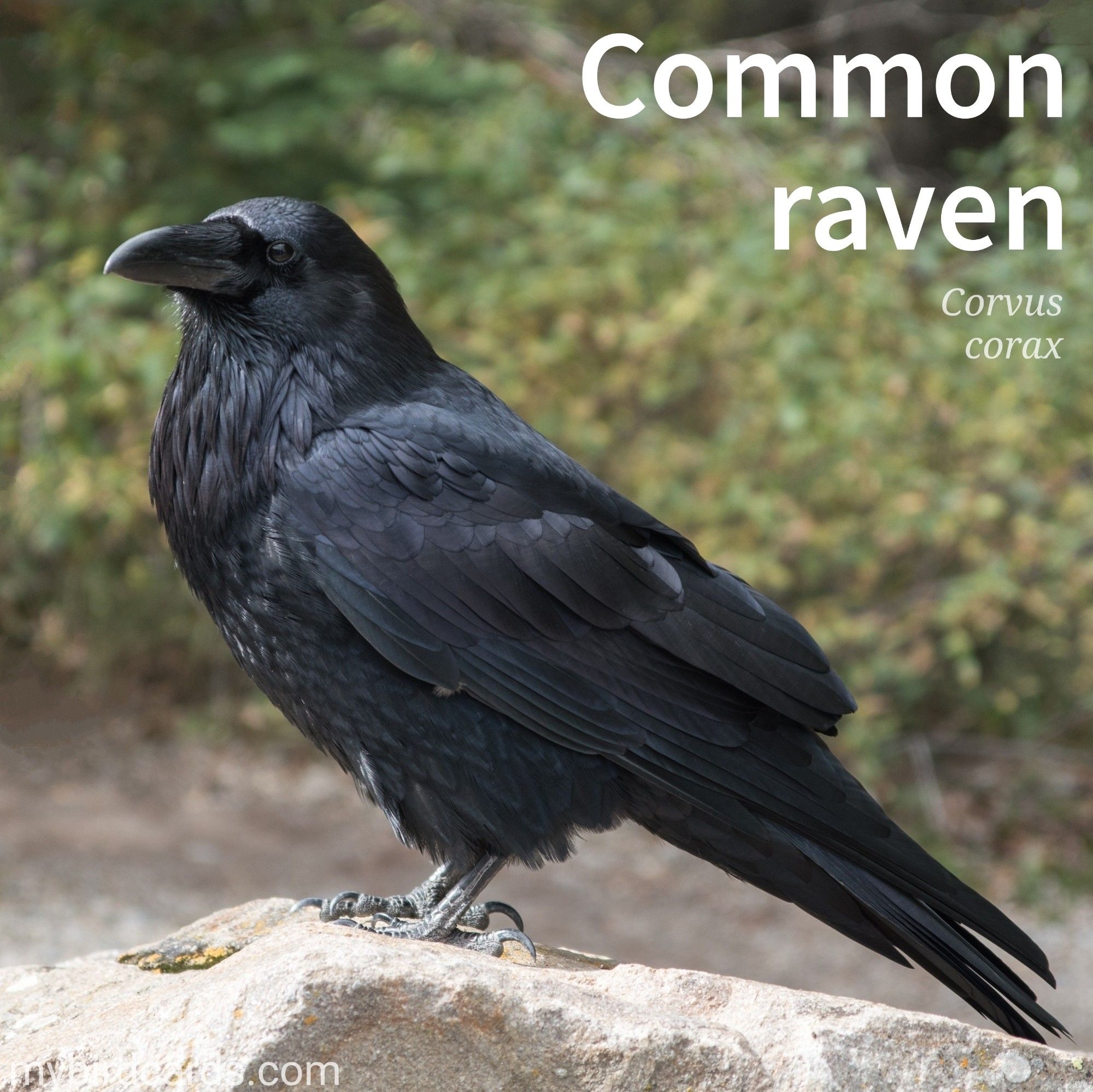
New addition! 🌍 Black-headed heron (Ardea melanocephala) #AfricanBirds#MadagascanBirds#BlackHeadedHeron#Herons#WadingBirds#Waterbirds#birds#birdsoftheworld 🦜 Photo by jeanvdmeulen
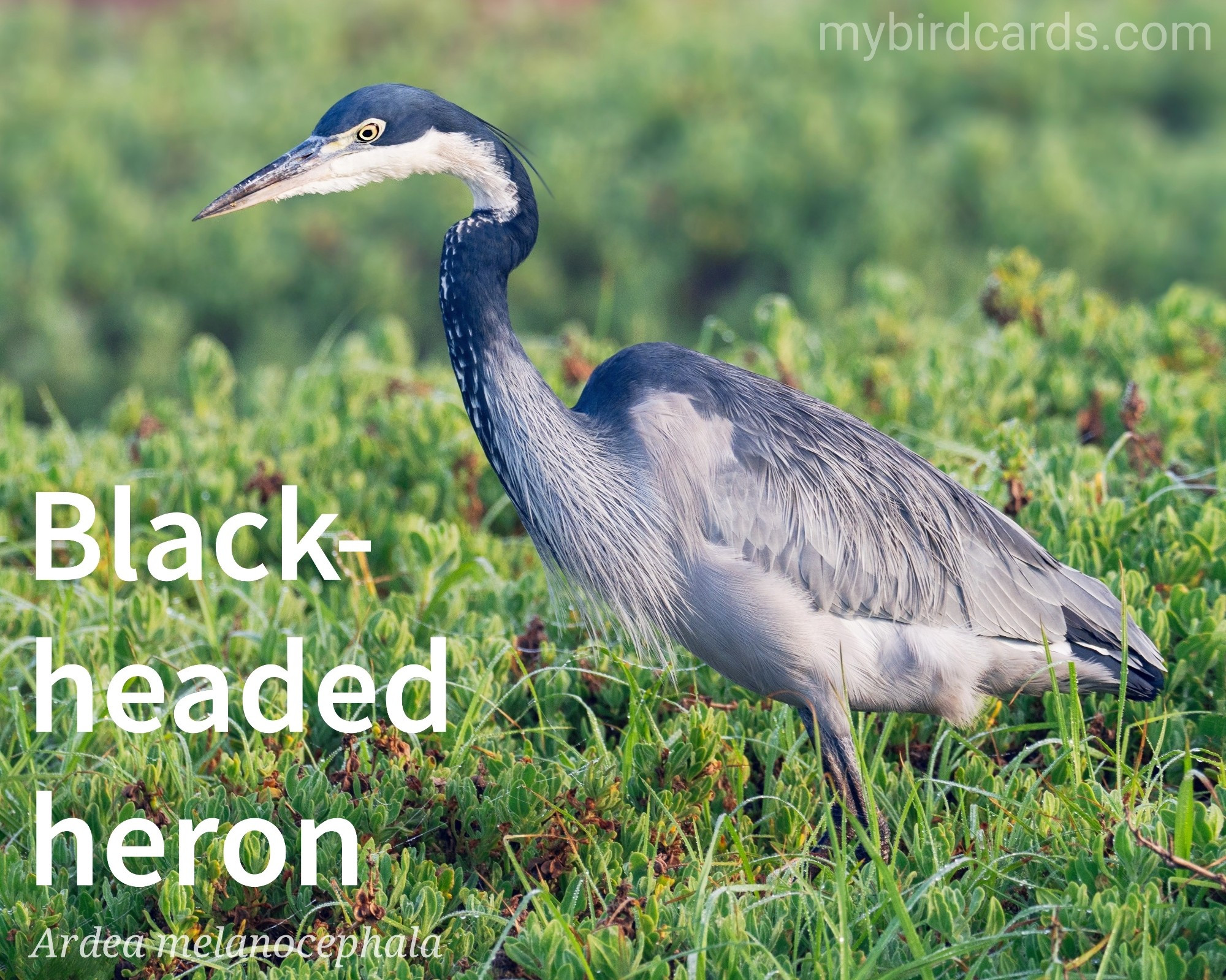
🌍🌏 Great spotted woodpecker (Dendrocopos major) #EurasianBirds#EuropeanBirds#AsianBirds#AfricanBirds#GreatSpottedWoodpecker#SpottedWoodpecker#Woodpeckers#birds#birdsoftheworld 🦜 Photo by Luca_Cagnasso
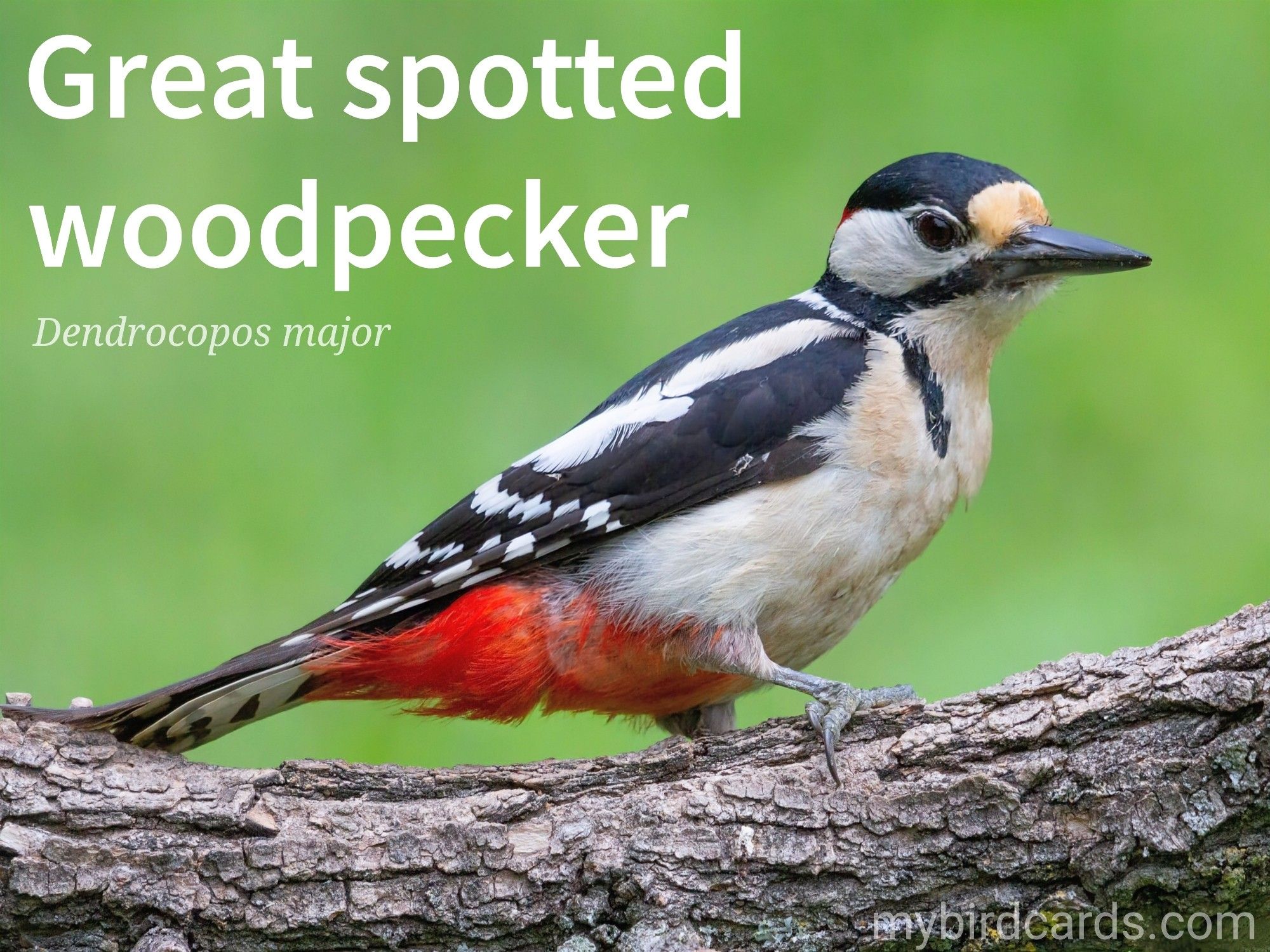
🌍 African spoonbill (Platalea alba) #Africanbirds#Madagascanbirds#AfricanSpoonbill#Spoonbills#Waders#Waterbirds#birds#birdsoftheworld 🦜 Photo by JoFinchenParsons
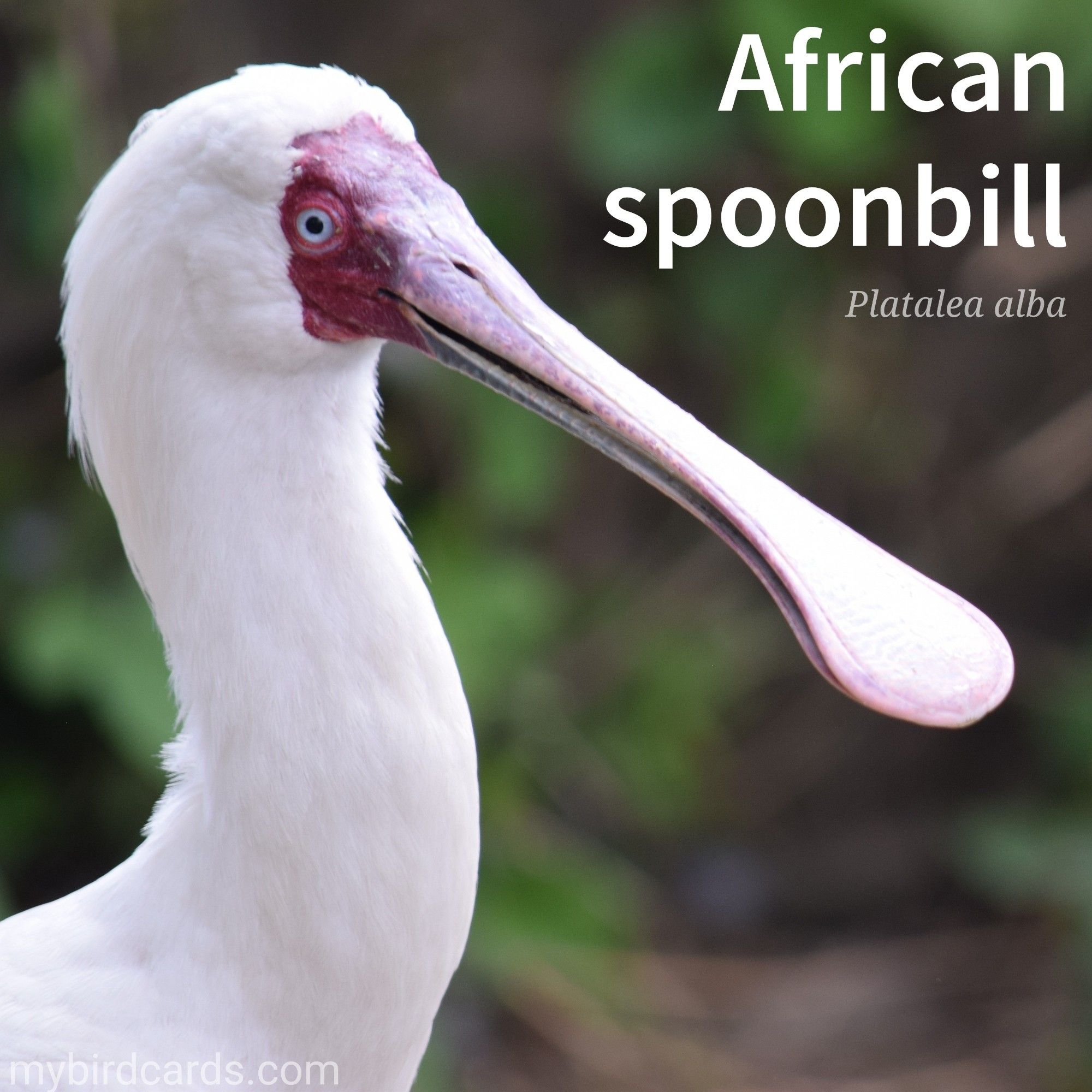
New addition! 🌍 Cape white-eye (Zosterops virens) #AfricanBirds#CapeWhiteEye#TypicalWhiteEyes#WhiteEyes#PerchingBirds#birds🦜#birdsoftheworld#birds
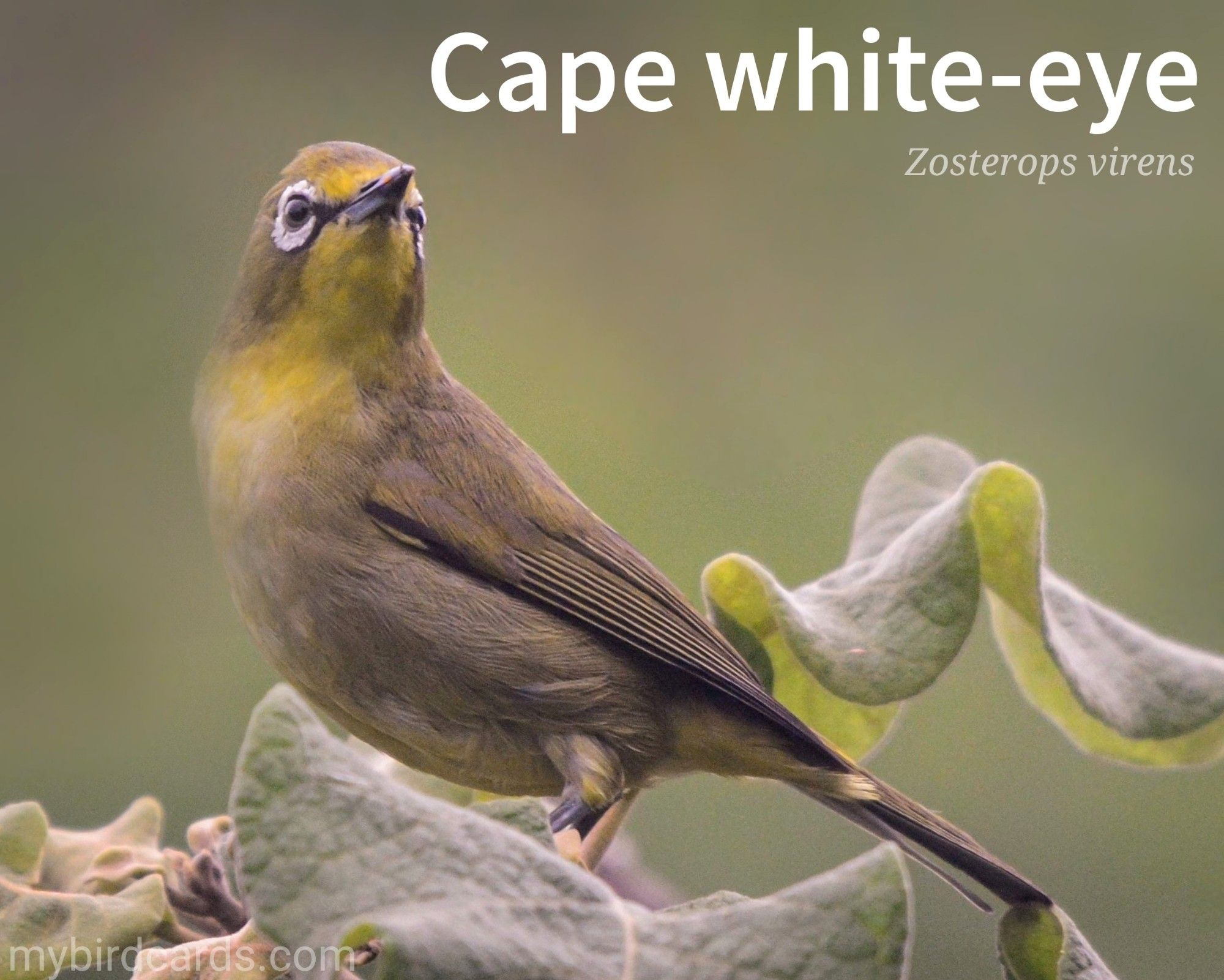
🌍🌏 Ruddy shelduck (Tadorna ferruginea) #AsianBirds#EurasianBirds#EuropeanBirds#AfricanBirds#RuddyShelduck#BrahminyDuck#Shelducks#Ducks#Waterbirds#birds🦜#birdsoftheworld#birds
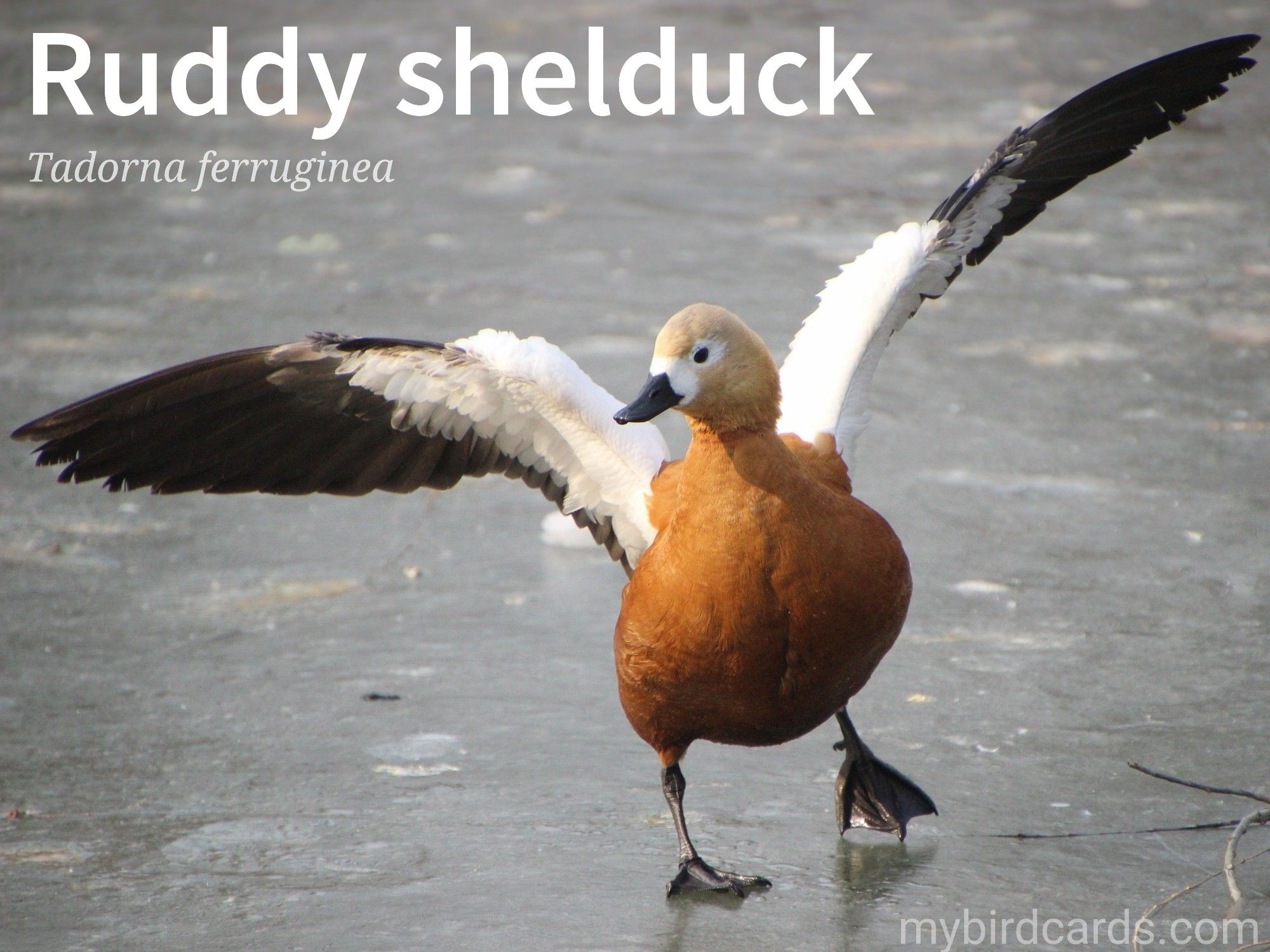
🌍🌏 Eurasian hoopoe (Upupa epops) #EurasianBirds#EuropeanBirds#AsianBirds#AfricanBirds#EurasianHoopoe#Hoopoes#birds🦜#birdsoftheworld

🌍 Cape weaver (Ploceus capensis) #Africanbirds#CapeWeaver#Weaverbirds#Weavers#PerchingBirds#birds🦜#birdsoftheworld#birds
![📷: Cape weaver (Ploceus capensis) by RosZie via Pixabay 2022
The Cape weaver (Ploceus capensisis) a small, stocky bird found throughout the greater part of southern Africa. The males [pictured] have bright yellow plumage with an orange-brown nape and crown, while the females are duller in colour with streaked brown and yellow feathers. Both sexes have a distinctive conical bill that is used to weave elaborate nests, which can be seen hanging from trees and shrubs. Cape weavers are social birds and are often found in flocks.
Conservation status: Least Concern (IUCN 3.1)
Distribution: Endemic to South Africa, Lesotho and Eswatini.
Class: Aves (Birds)
Order: Passeriformes (Perching birds)
Family: Ploceidae (Weaverbirds and Bishops)
Genus: Ploceus
Species: P. capensisis
CC: GPYQ](https://cdn.bsky.app/img/feed_fullsize/plain/did:plc:w7tjuridwieg5p7o7wzlzw6x/bafkreihtkyicrdsfjqdsmehys5n4jfut3fxkw3ck35v3mvnmm2iibj25ja@jpeg)
🌍🌏🌎 Feral pigeon (Columba livia domestica) #Cosmopolitanbirds#Eurasianbirds#Africanbirds#Asianbirds#Australianbirds#NorthAmericanbirds#SouthAmericanbirds#CityDove#CityPigeon#StreetPigeon#Pigeons#Doves#birds🦜#birdsoftheworld

